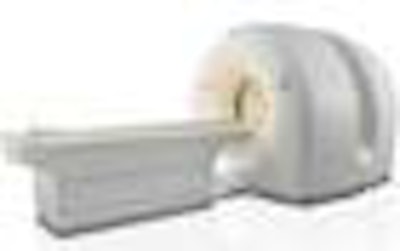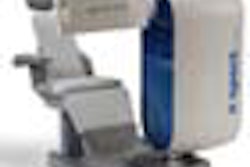
Philips Medical Systems will demonstrate the features and capabilities of its Gemini TF PET/CT system, and will introduce new configurations of its Precedence SPECT/CT hybrid imaging systems, to attendees of the 2006 RSNA conference.

The device utilizes a lutetium yttrium orthosilicate (LYSO) scintillator crystals, curved photomultipliers, and Philips' proprietary TruFlight technology, which uses the time difference -- in pico seconds (10-12 seconds) -- between the detection of coincident events to more accurately identify the origin of annihilations.
Consistent with all Gemini PET/CT systems, Gemini TF also features Philips' OpenView gantry design, which allows for easier administration of radiopharmaceuticals for myocardial perfusion studies, patient monitoring equipment leads, and patient comfort, according to the company.
The system received 510(k) clearance from the U.S. Food and Drug Administration last year and is available now worldwide in 16- and 64-slice CT models.
The firm will also showcase its Precedence SPECT/CT system, available in six-, 16-, and 64-slice CT configurations. Philips said the units are capable of reconstructed SPECT spatial resolution with a central transaxial of 4.4 mm and provide PET-like resolution. The systems are upgradeable and are targeted toward the radiology, cardiology, and nuclear medicine markets, the company said.
By Jonathan S. Batchelor
AuntMinnie.com staff writer
November 15, 2006
Copyright © 2006 AuntMinnie.com



















